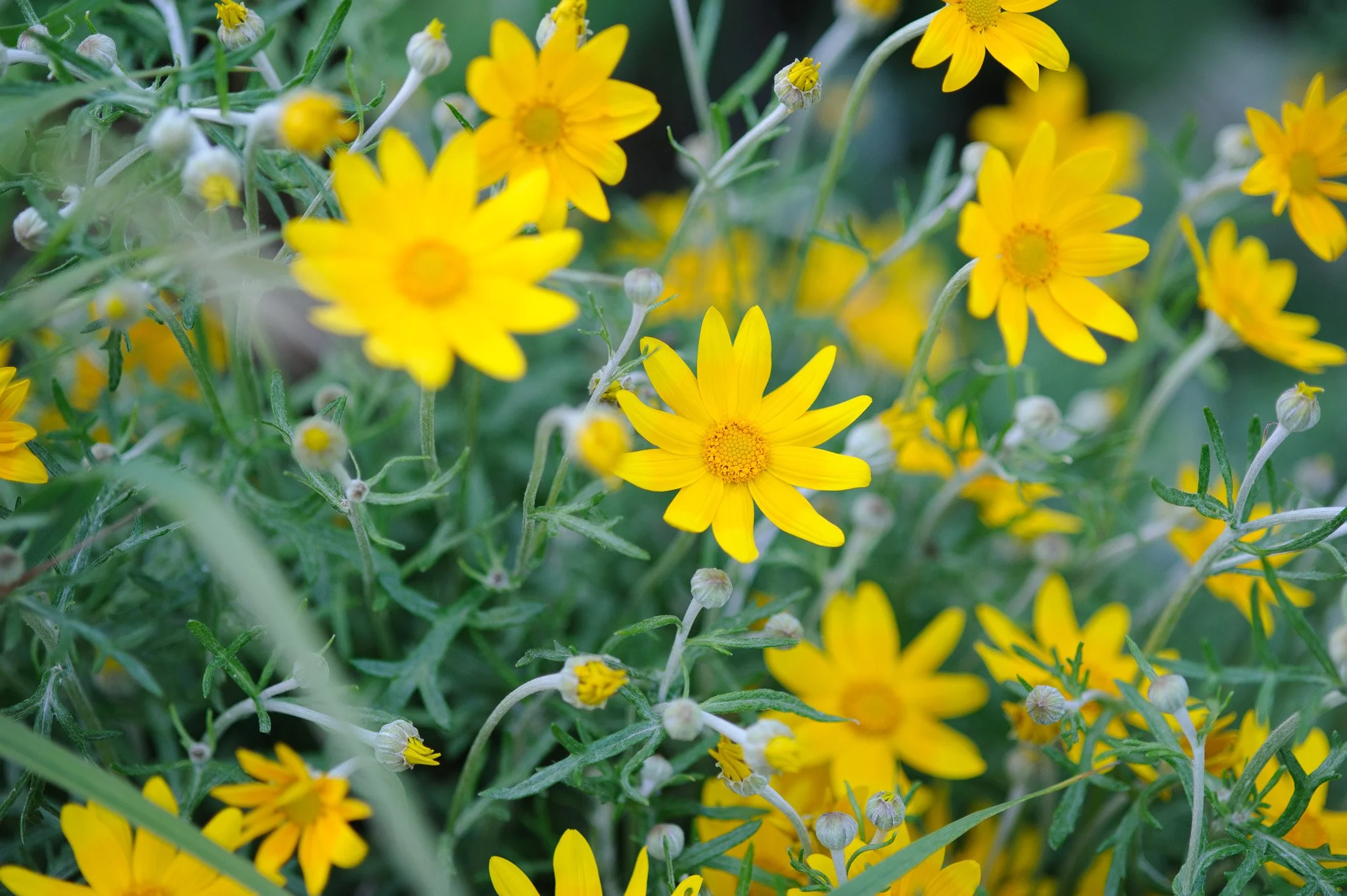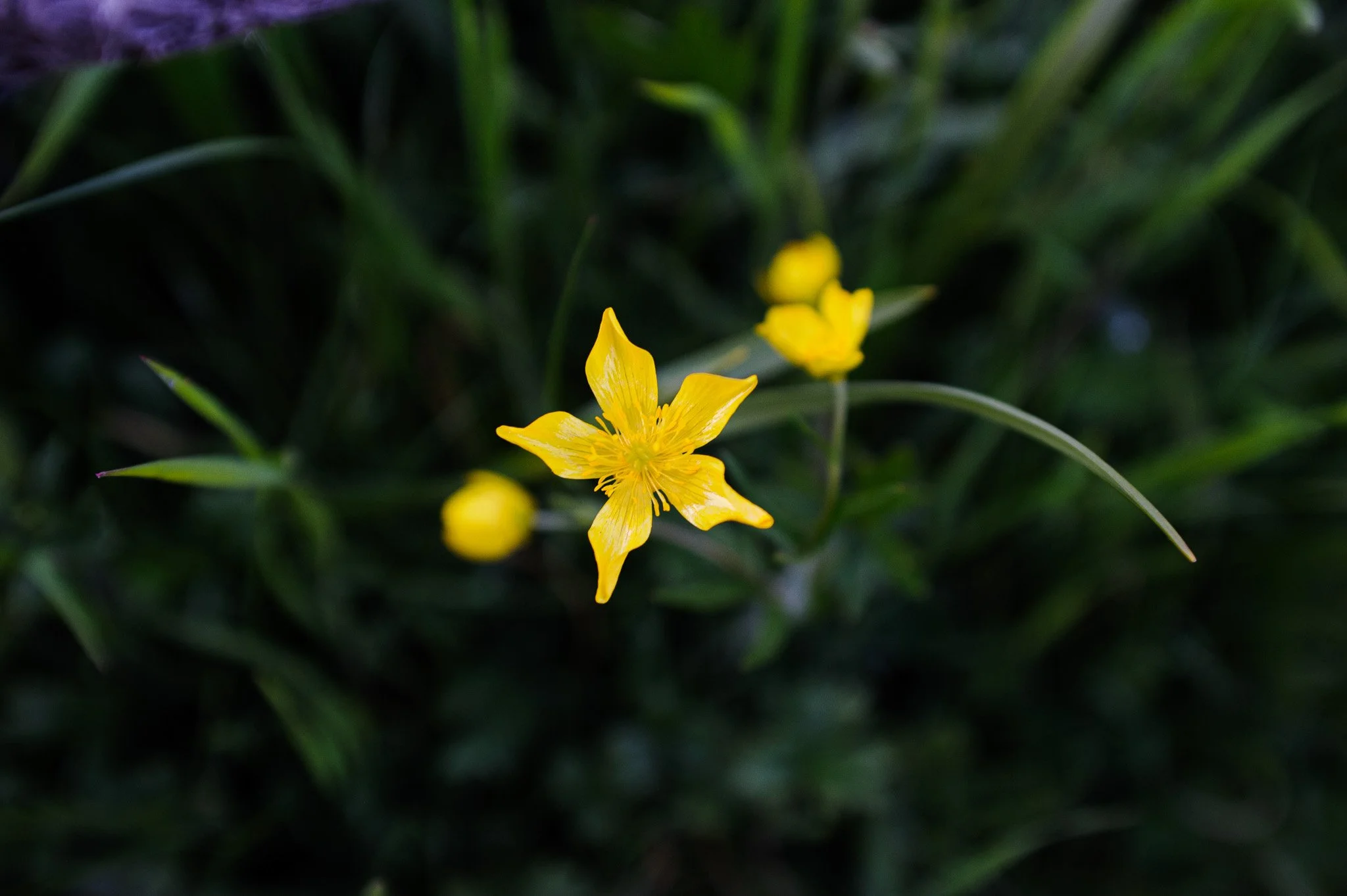Pollination Syndromes & the Landscape Matrix
By Vanessa Brownlee, Administration & Communications Coordinator
Following up on our recent Pollinator Week post, we wanted to share a bit more about the importance of supporting pollinators in residential areas. It can be discouraging to witness the rapid loss of native ecosystems in the areas where we all live, and the fragmented habitats throughout our region. However, more research is showing that planting native species at home can make a tangible difference in the health of these ecosystems. By providing essential resources in our gardens, balconies, and outdoor spaces, we can help combat habitat fragmentation and support pollinator populations.
Research suggests that the quality of floral resources in the landscape matrix surrounding pollinator habitat can have a significant influence on the health of pollinator populations. A study conducted by Wray and Elle (2014) used the average foraging range of most insects (800 metres) to look at the area surrounding healthy oak-savannah habitat parcels. When comparing sites surrounded by a forest-dominated landscape matrix compared to those surrounded by an urban-dominated landscape matrix, they found a higher presence of mid to late-season pollinators at the urban-associated sites. They concluded that native flowering plants in residential areas can make a critical difference in the survival of pollinators, especially within the foraging range of existing pollinator habitat.
What Does This Mean?
What you plant at home matters! Your native plant garden or balcony might be a critical stopover for a travelling pollinator journeying between parcels of fragmented habitat.
Native plants and pollinators have evolved together, causing some pollinators to develop hyper-specific relationships with native plants. This co-evolutionary relationship is called a pollination syndrome. You can read more about local native plant-pollinator relationships in our recent Pollinator Week blog post here.
While pollinators are important for a variety of reasons, pollinating insects play a uniquely important role in ecosystems. Along with an array of other biological functions, insects are the primary mechanism for transferring energy from plants to animals in a food web, making them integral to a healthy ecosystem.
Different pollinators have evolved to seek out certain floral characteristics. When selecting native plants for your home, you should aim to include a variety of colours, smells, heights, and blooming times. This will ensure that you have a variety of resources available to support pollinators all year long. Here is a list of characteristics to consider:
Inflorescence: A plant’s inflorescence refers to the arrangement of flowers on its stem. Different arrangements can make some flowering plants more attractive to pollinators than others. For example, yarrow (Achillea millefolium) and California aster (Symphyotrichum chilense) have landing platforms that help bees easily access the plant’s floral resources.
Height: Different pollinator species will forage at different plant heights, making a diversity of plant heights important.
Bloom Time: When selecting native plants for your home, it is a good idea to include species that bloom at different times of the year. This helps to provide year-round resources for pollinators.
Colour and Smell: Different pollinator species are drawn to different flower colours and scents. For example, moths are nocturnal pollinators and are attracted to flowers with muted colours that emit a sweet, strong scent at night.
Plant placement: Planting in clusters is also beneficial, because it allows pollinators to travel efficiently between flowers of the same species that it recognizes.
In Victoria, Fall is the ideal time to plant and sow seeds. We recommend taking the summer to observe native wildflowers, witness their spectacular blooms, and curate a list of species for the Fall. Visit Satinflower Nurseries for a great source of native plants and seeds.
Happy planting!
If you would like to learn more about the importance of planting native species at home to combat habitat fragmentation, you can check out Doug Tallamy’s book, “Nature’s Best Hope.”
Other resources referenced in this blog post:
Pollination Syndromes: USDA/US Forest Service
Selecting Plants for Pollinators - Eastern Vancouver Island: Pollinator Partnership Canada








